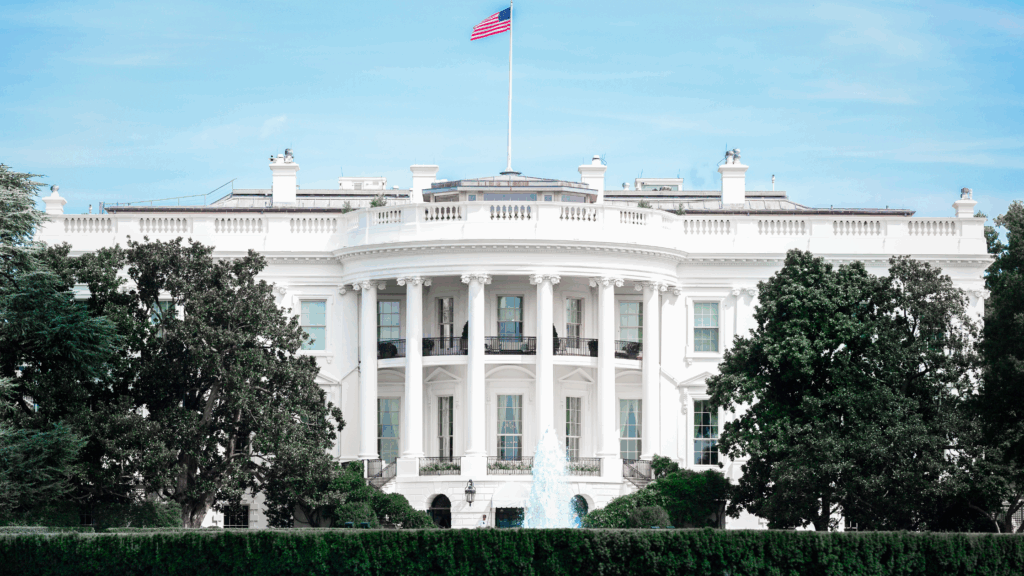
The White House AI Action Plan: Why a Dual Imperative Is the Best Practice for Trustworthy Innovation
The newly released White House AI Action Plan marks a strategic turning point in how the U.S. aims to shape the future of artificial intelligence. Rather than slowing AI’s trajectory with premature restrictions, the plan promotes responsible advancement. This unlocks the benefits of AI while strengthening public trust.
While the plan may not explicitly frame its objectives as a “dual imperative,” I argue that interpreting and implementing it that way is the best practice. The real opportunity lies in operationalizing both innovation and privacy protection as parallel, interdependent goals. Treating them as co-equal imperatives enables organizations to move fast and build trust without waiting for perfect regulatory clarity.
Advancing AI Without Compromising Privacy
- Privacy by Design, Not Delay: By promoting “fit-for-purpose” privacy measures within the AI deployment process itself, the plan steers clear of stalling innovation. This ensures that data protection adapts to the technology without holding back progress.
- Public Accountability: Mandates for transparency and community feedback are central to the plan’s trust-building strategy. These mechanisms allow the public to remain engaged, aware, and informed about how AI is used in federal systems. Privacy here isn’t buried in backend compliance but is visible and participatory.
- Non-Disruptive by Design: The plan affirms that lawful AI use does not require a regulatory timeout. Innovation doesn’t need to slow down to be responsible. By promoting responsible acceleration within existing boundaries, the plan empowers agencies to deploy AI today.
Operationalizing Privacy as an AI Catalyst
The plan recognizes that privacy protections must be operational and built into the use of AI, not just its design. It moves privacy out of the policy document and into the field, where real decisions get made and real risks must be mitigated. Here’s how businesses can take care of consumer trust while reaping the most within the AI plan:
- Transparency about AI use and data practices: When users know where, when, and how AI systems use their data, they are more likely to engage meaningfully. Clear, accessible communication will strengthen the quality of data to drive innovation.
- Tailoring privacy to context: What’s acceptable in a retail chatbot may be entirely inappropriate in healthcare or employment contexts or any other industry use case. Contextual privacy design allows organizations to innovate responsibly without resorting to one-size-fits-all restrictions that hinder progress.
- Continuously monitoring real-world performance: AI systems evolve, and so do their privacy implications. Static controls are no match for dynamic deployment environments. Ongoing monitoring enables businesses to catch emerging risks early, learn from user feedback, and make informed adjustments that keep both innovation and protection on track.
- Documenting decisions throughout the AI lifecycle: Thorough documentation of how privacy risks are evaluated and mitigated creates an internal culture of responsibility and prepares organizations to respond quickly to audits, inquiries, or public scrutiny. It’s how transparency becomes sustainable.
- Engaging stakeholders early and often: Involving privacy professionals, legal advisors, frontline staff, and even consumer advocates early in the AI design process helps ensure that solutions are not only compliant but also socially and ethically aligned. Early engagement reduces rework, builds internal consensus, and sharpens the focus of innovation.
Advancing AI with Built-In Privacy
The White House AI Action Plan signals more than just a policy shift by marking the maturation of the AI governance model. Organizations that treat privacy as a strategic input, not a regulatory afterthought, are far more likely to build durable AI innovations. The plan offers an opportunity to align innovation goals with operational safeguards so that consumer trust isn’t sacrificed. Those who get that right will not only comply with policy but lead the future of responsible AI.
